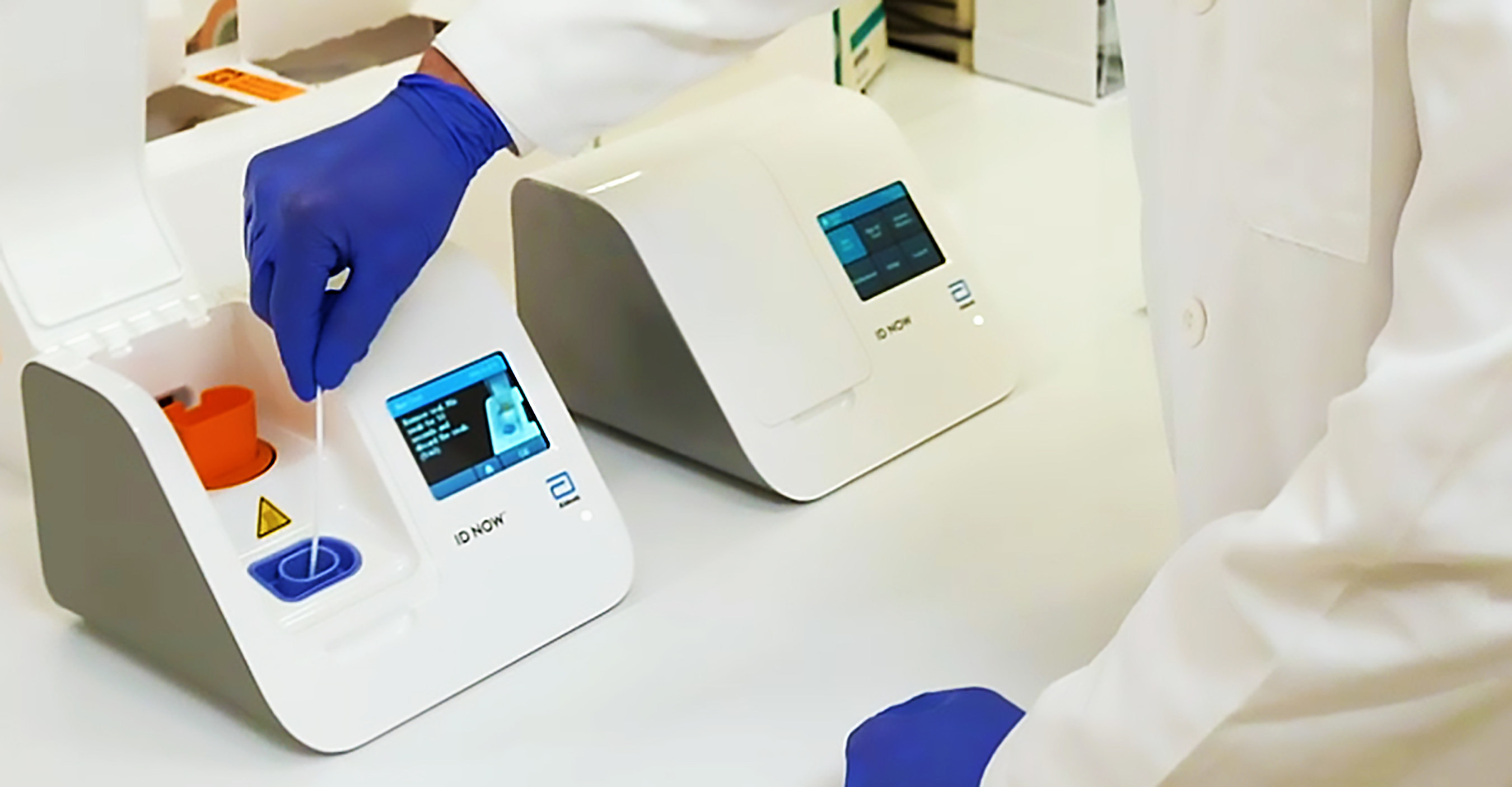Rapid Antibiotic Screening Test in Honey
The rapid antibiotic screening test in honey is a critical tool used to identify and quantify antibiotics present in honey. This service ensures that the food product adheres to strict regulatory standards, protects consumers from harmful residues, and maintains the integrity of the supply chain.
Antibiotics are sometimes administered to bees as part of routine husbandry practices, but they can also enter the hive through environmental contamination or accidental exposure. The presence of antibiotics in honey can pose significant health risks if not properly managed. Regulatory bodies such as the European Union and the World Health Organization have set guidelines for the permissible levels of antibiotics in foodstuffs to ensure public safety.
The rapid antibiotic screening test is designed to be both efficient and accurate, allowing for quick identification of any antibiotics present in honey samples. This service typically involves a series of steps: sample collection, preparation, inoculation on selective media, incubation, and finally, confirmation by microbiological or biochemical means.
Sample preparation often includes dilution to appropriate concentrations and ensuring that the sample is free from interfering substances. The test uses selective media which can differentiate between antibiotic-resistant bacteria and non-resistant strains. After an incubation period, colonies are identified based on their morphology and other characteristics. Confirmation tests such as disc diffusion or zone diameter measurements further validate the results.
The rapid nature of this test is crucial in ensuring that honey products meet regulatory standards promptly. It allows for timely interventions if contamination is detected, thereby minimizing potential risks to consumers. This service supports compliance with international standards like ISO 16140-2:2015 and EU regulation (EC) No 396/2005.
For those involved in quality management or R&D within the healthcare sector, this test is essential for maintaining product integrity. Quality managers can use these results to ensure that their products meet regulatory requirements while also providing data for ongoing research and development efforts. Compliance officers benefit from having reliable and rapid testing methods to assure adherence to local and international regulations.
- Customer Impact: Ensures product safety, maintains brand reputation, supports regulatory compliance.
- Satisfaction: Quick turnaround times reduce operational costs and enhance customer trust.
Why It Matters
The presence of antibiotics in honey can lead to antibiotic resistance, posing serious health risks. This issue is particularly concerning given the global rise in antimicrobial resistance (AMR). The rapid antibiotic screening test helps mitigate these risks by providing timely and accurate results.
By identifying antibiotic residues early on, food producers and processors can take corrective actions promptly, preventing contaminated products from reaching consumers. This proactive approach not only protects public health but also enhances the reputation of brands committed to quality and safety.
The test is especially important in regions where beekeeping practices vary widely or where environmental contamination is a concern. It ensures that honey products meet stringent hygiene standards set by regulatory bodies, thereby safeguarding consumer health.
From an operational standpoint, the rapid nature of this test allows for efficient quality control measures. Quality managers can integrate these tests into their existing workflows to ensure continuous compliance with regulations. This integration helps in maintaining consistency and reliability throughout the supply chain, from farm to fork.





